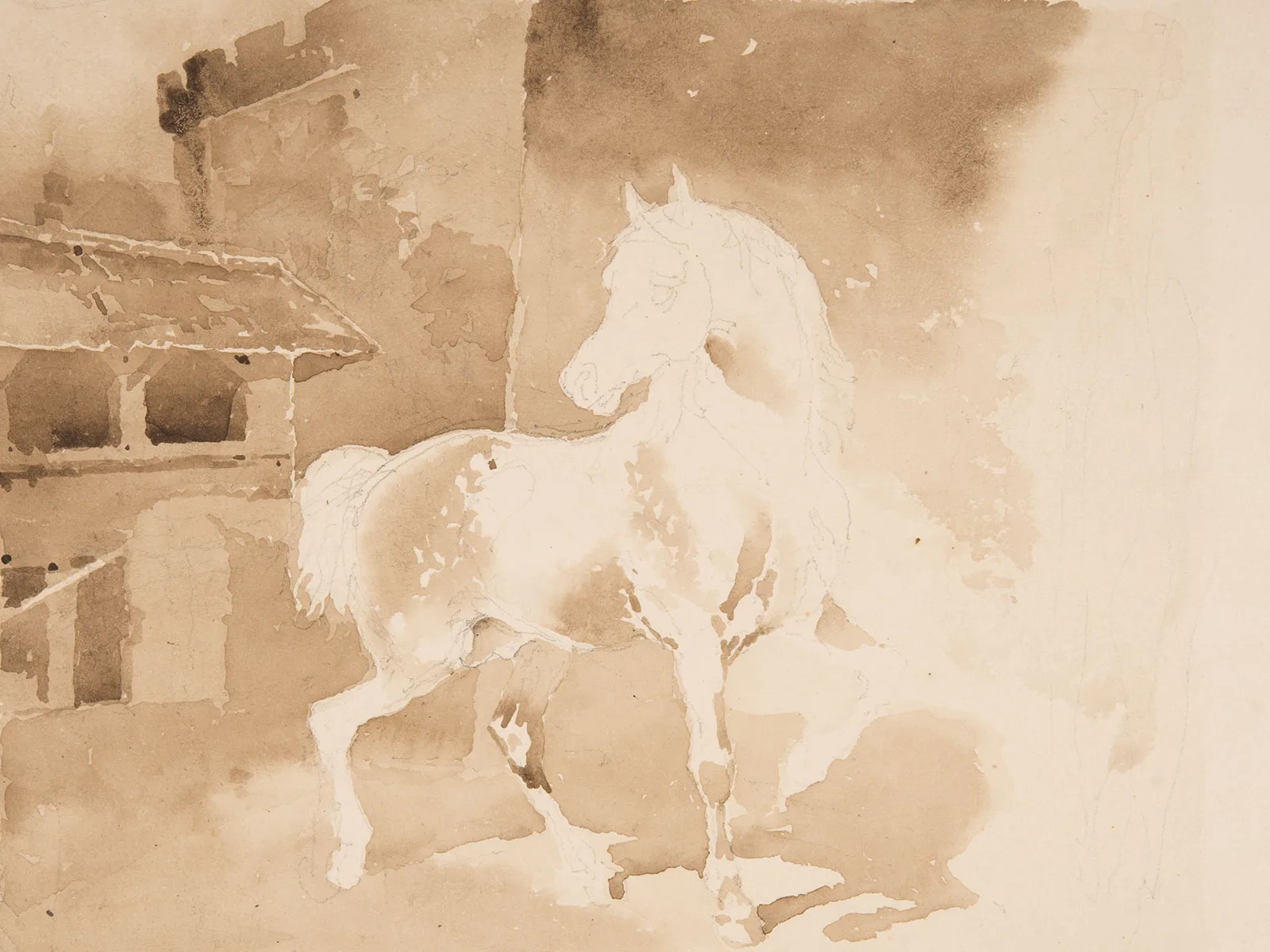Women’s boxing in Switzerland: A fight for equality
Around 1880, women here and there in Switzerland picked up boxing gloves for the first time. With their efforts initially dismissed as circus sideshows, women battled until the 1990s to be allowed to box competitively.
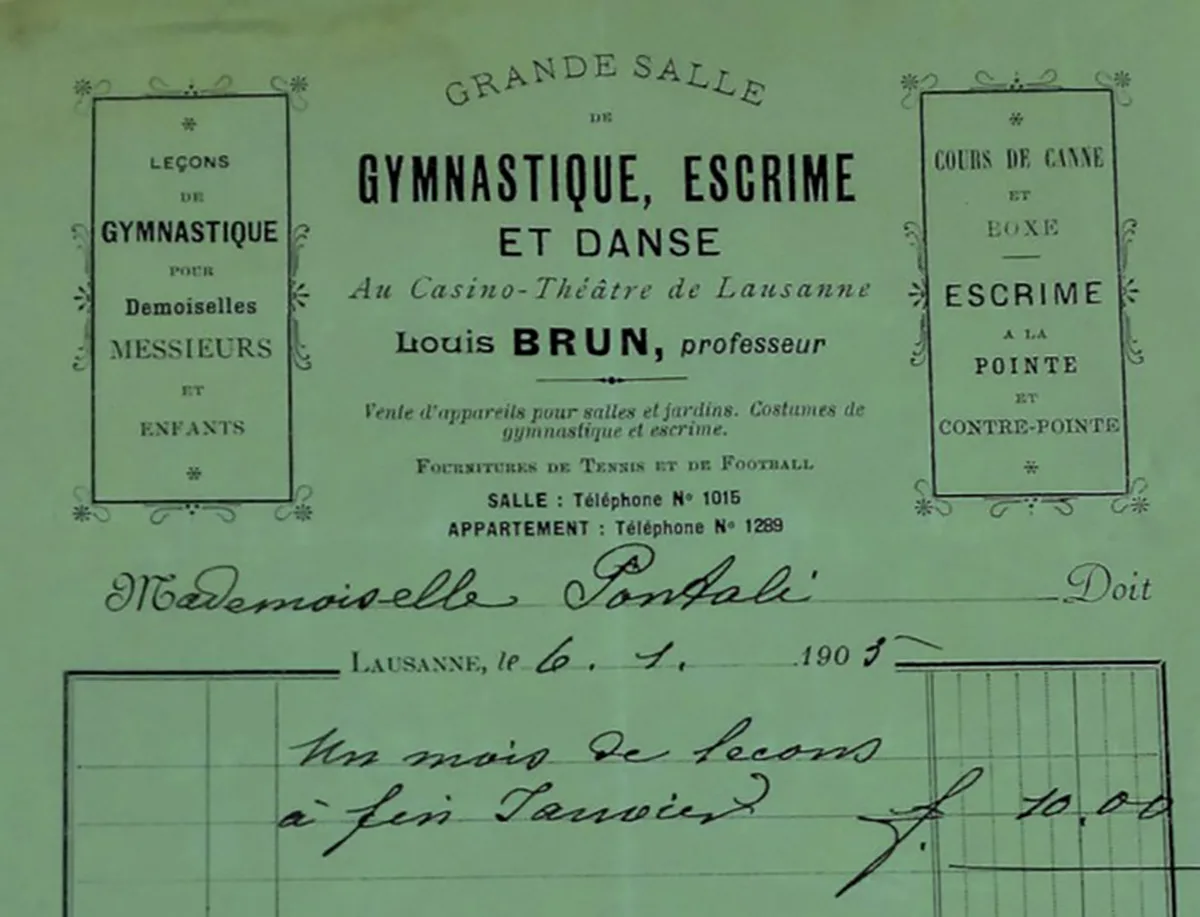
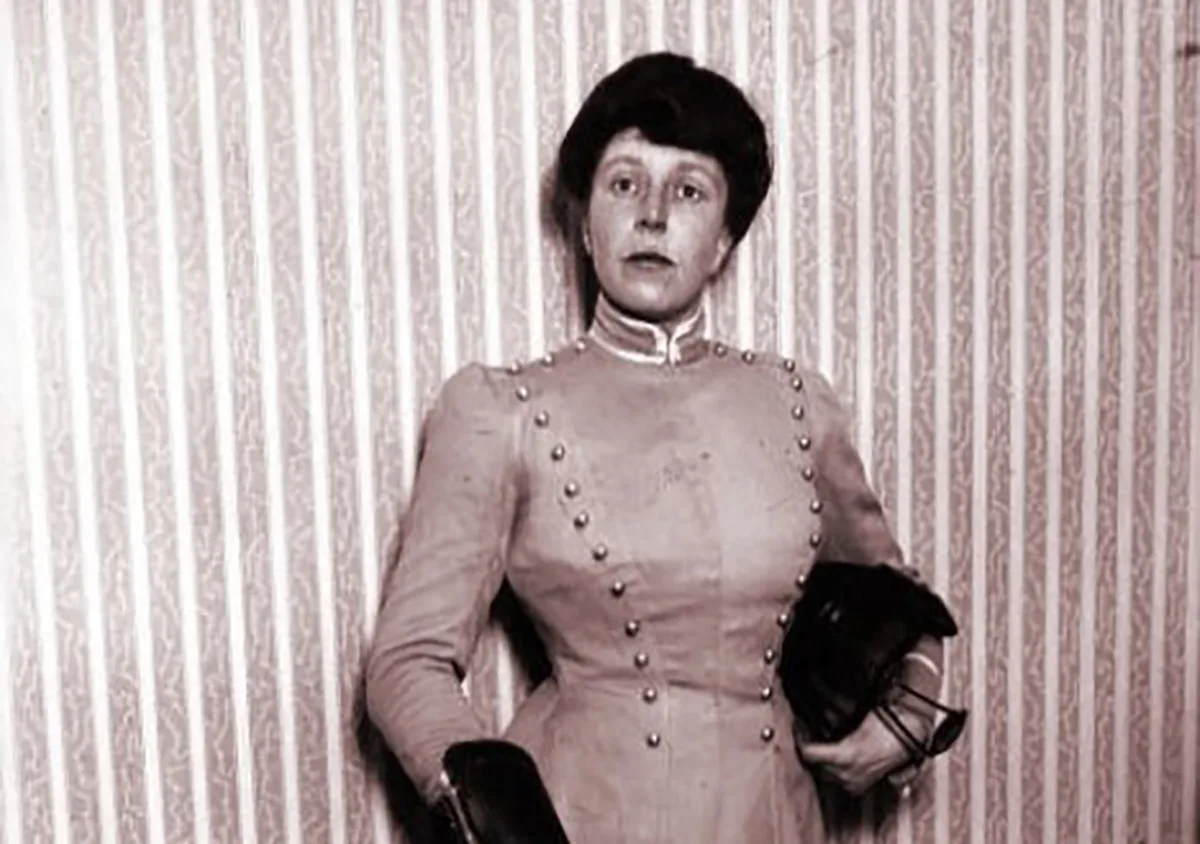
This blog post is based on the initial research results of Sven Gautschi's master's thesis entitled «Women and "The Manly Art" in Switzerland. A first analysis on boxing and its difficult relationship with the female population».
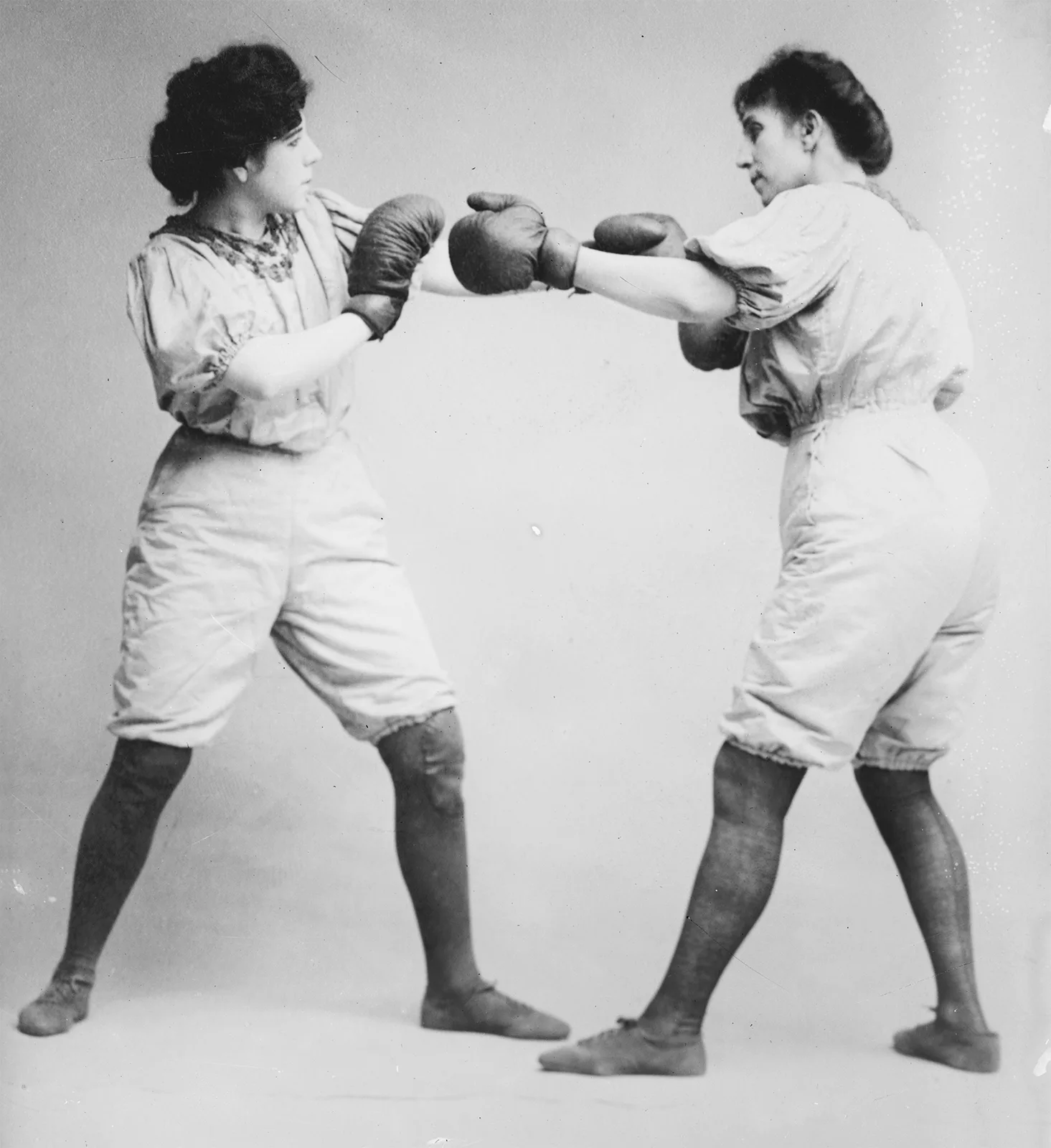
Women’s boxing as amusement
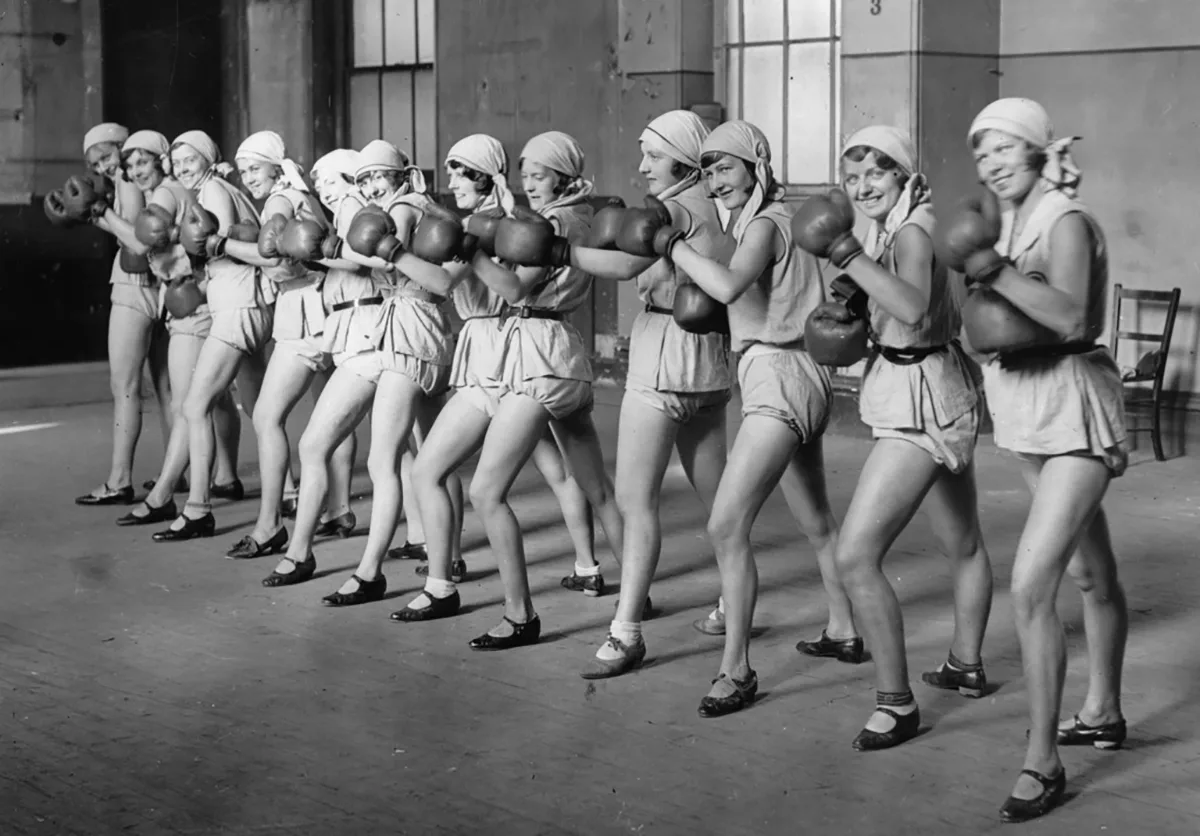
Fighting for equality
Report on the first fight between two women at the amateur boxing championships, 1996 (in German). SRF
Swiss Sports History

This text was produced in collaboration with Swiss Sports History, the portal for the history of sports in Switzerland. The portal focuses on education in schools and information for the media, researchers and the general public. Find out more at sportshistory.ch

